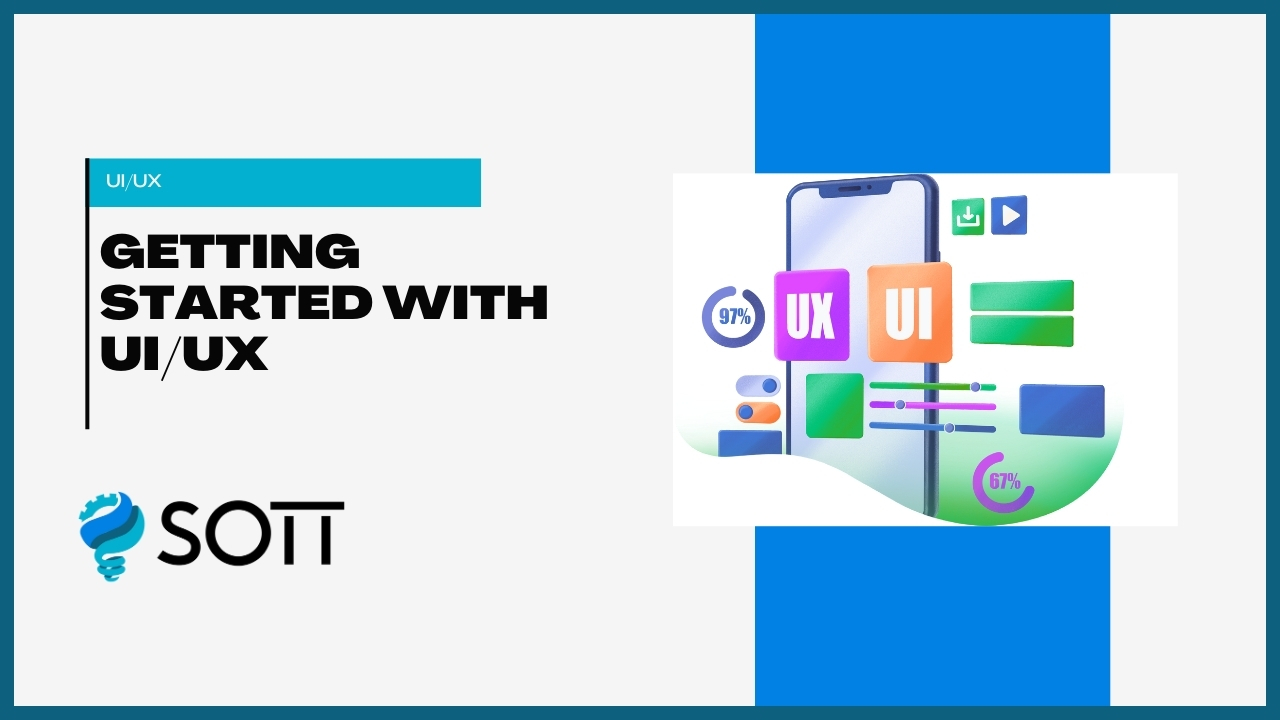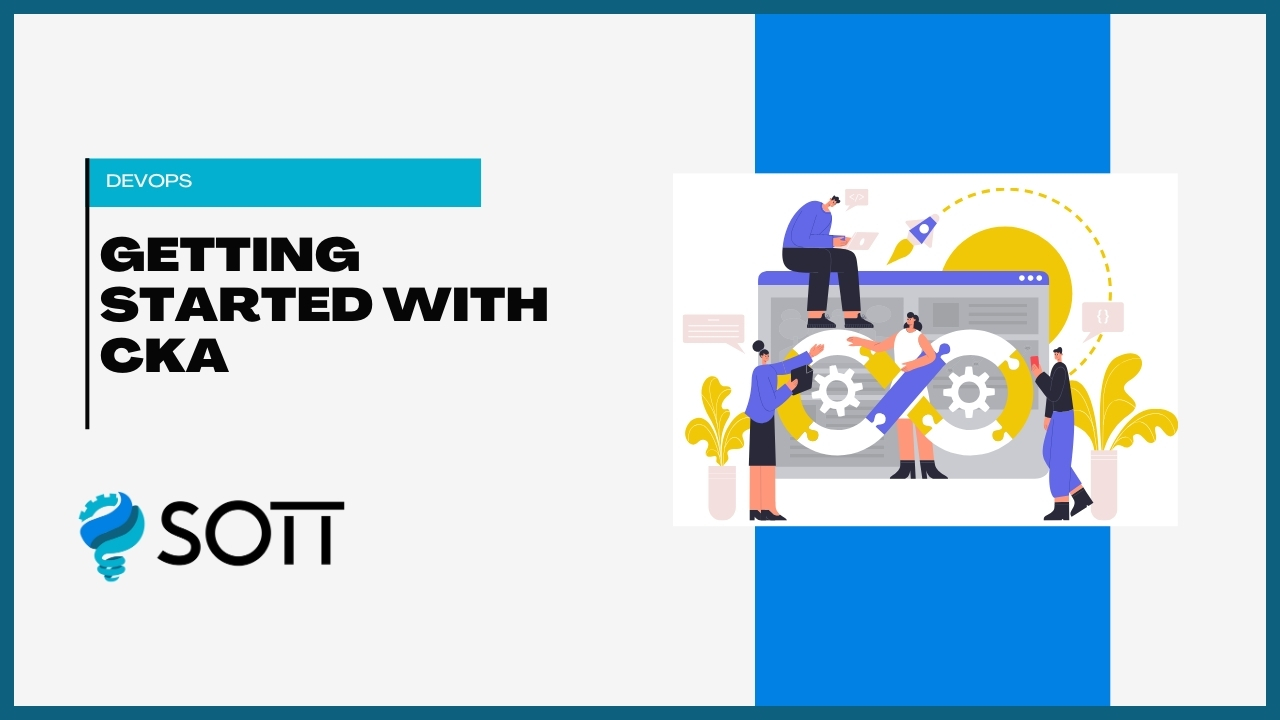Lesson 1: Introduction to UI/UX Design
-
What is UI/UX? - Definition of UI (User Interface), Definition of UX (User Experience), Differences Between UI and UX
-
Importance of UI/UX Design - Enhancing User Satisfaction, Driving Business Success, Case Studies of Good and Bad UI/UX
-
Evolution of UI/UX Design - From Static Pages to Interactive Interfaces, Current Trends in UI/UX
Lesson 2: Principles of UI/UX Design
-
UI Design Principles - Consistency, Visual Hierarchy, Color Theory and Typography
-
UX Design Principles - User-Centric Design, Usability and Accessibility, Feedback and Iteration
-
Common Design Patterns - Navigation Systems, Forms and Input Fields, Interactive Components
Lesson 3: The UI/UX Design Process
-
Research Phase - User Research, Competitor Analysis, Building User Personas
-
Ideation Phase - Wireframing, Low-Fidelity Prototyping, Storyboarding
-
Design Phase - High-Fidelity Prototypes, Design Tools (e.g., Figma, Adobe XD, Sketch)
-
Testing and Iteration Phase - Usability Testing, Collecting Feedback, Iterative Improvements
Lesson 1: Visual Design Basics
-
Color and Contrast - Creating Visual Impact, Accessibility Considerations
-
Typography - Pairing Fonts Effectively, Readability Across Devices
-
Layout and Composition - Grid Systems, Balance and Alignment
Lesson 2: Interaction Design
-
Microinteractions - Animations and Feedback Loops, Reducing Cognitive Load
-
Navigation Systems - Simplifying User Journeys, Breadcrumbs and Menus
-
Designing for Touch Interfaces - Buttons, Gestures, and Responsive Design
Lesson 3: UX Writing
-
Importance of UX Writing - Guiding Users Effectively, Tone and Voice
-
Microcopy Design - Error Messages, Call-to-Actions (CTAs)
-
Best Practices - Clarity, Brevity
Lesson 1: Usability and Accessibility
-
Designing for Accessibility - WCAG Guidelines, Inclusive Design Principles
-
Usability Testing - Conducting A/B Testing, Tools for Tracking User Behavior (e.g., Heatmaps)
Lesson 2: Designing for Different Platforms
-
Mobile-First Design - Constraints and Opportunities, Adapting Features for Small Screens
-
Web Applications vs Native Applications - Differences in Interaction Design, Platform-Specific Guidelines
-
Emerging Platforms - Designing for Wearables, Voice and AI Interfaces
Lesson 3: UI/UX Tools and Workflows
-
Design Tools - Figma, Sketch, Adobe XD, Prototyping Tools (InVision, Marvel)
-
Collaboration in UI/UX Design - Developer Handoff Best Practices, Version Control for Design (e.g., Figma Components)
-
Integration with Agile Development - Collaborative Backlogs, Iterative Feedback Loops
Lesson 1: Case Studies in UI/UX Design
-
Analyzing Real-World Products - Success Stories (e.g., Airbnb, Spotify), Common Mistakes in UI/UX
-
Lessons from Case Studies - Problem-Solving Approaches, User-Centered Iterations
Lesson 2: Building a Strong UI/UX Portfolio
-
Essential Portfolio Elements - Showcasing End-to-End Processes, Highlighting Problem-Solving Skills
-
Presenting Your Work - Structuring Case Studies, Creating Visual and Written Content

- CategoryUI/UX Design
- LevelIntermediate
- Duration3 Months
- Available SeatsUnlimited
Course Key Highlights
Real-Time Experts
Learn from industry experts with real-time experience.
Placement Support
Get assistance in securing your dream job with our dedicated placement support.
Live Project
Work on live projects to gain hands-on experience.
Certified Professional
Become a certified professional with industry-recognized certification.
Affordable Fees
Get the best quality education at affordable fees.
Flexibility To Assist
Flexible learning options to assist you in every way possible.
No Cost EMI
Pay your course fees in easy installments with no cost EMI.
Free Soft Skills
Develop essential soft skills along with technical knowledge.
Popular Questions to Ask Before Choosing a Course
SOTT courses include comprehensive video lessons, hands-on projects, downloadable resources, and live mentorship sessions. Our curriculum is designed to provide you with all the tools you need to succeed in your chosen field.
No, SOTT courses are designed to be flexible. You can start learning whenever it suits you best, and you have lifetime access to the course materials to learn at your own pace.
To take a SOTT course, simply enroll in the course of your choice, and you will have access to all the lessons, resources, and mentorship opportunities available. You can learn from any device, at any time.
Yes, upon completing a SOTT course, you will receive a certificate of completion, which you can share with your network and use to showcase your newly acquired skills to potential employers.
If you need help, you can reach out to our support team or connect with your course mentor for guidance. We are here to ensure you have the best learning experience possible.




